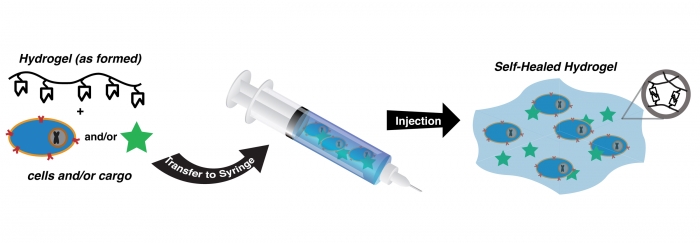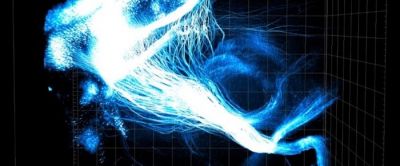 (Image credit: L.A. Cicero)
(Image credit: L.A. Cicero)
- Written by Stanford News
As Moore’s law nears its physical limits, a new generation of brain-like computers comes of age in a Stanford lab
Conventional computer chips aren’t up to the challenges posed by next-generation autonomous drones and medical implants. Now, Kwabena Boahen has laid out a way forward, using ideas built in to our brains.
Read more...




